歌碑1「二上山の賦」-高岡市万葉歴史館 前庭Monument No.1 “A Poem on Mount Futagami” -Front Garden of the Takaoka Manyo Historical Museum
2022年07月13日
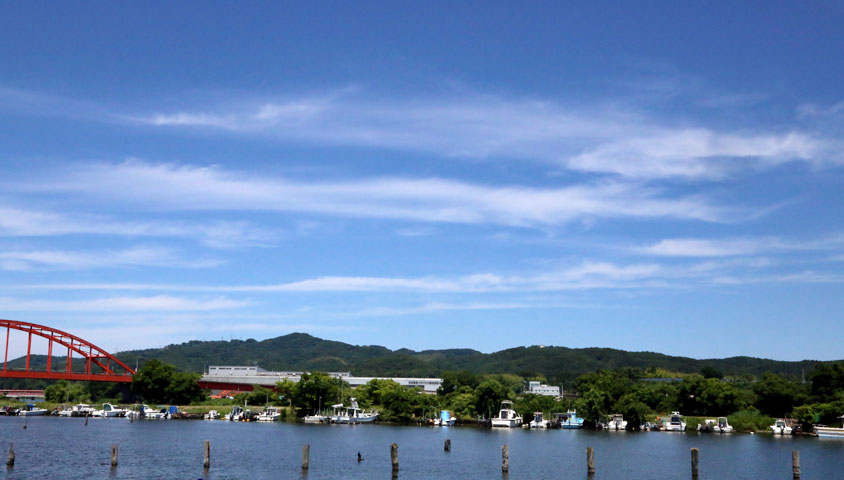
題の通り、この歌では二上山を讃美している。二上山は、高岡市の北側にある山。
伏木(ふしき)の越中国庁からは西に4kmほどの距離で、越中に赴任してからの家持は日々その双峰を眺めていたことだろう。
As the title indicates, the poem praises Mount Futagami, a mountain located on the north side of Takaoka City, 4 km west of the provincial capital of Etchū Province in Fushiki. Otomo no Yakamochi must have looked at the twin peaks of this mountain every day during his assignment in Etchū (Toyama Prefecture).
![万葉歌めぐりの旅[Man'yōshū Literary Pilgrimage]](https://www.manreki.com/manyo-songs/images/common/pic_logo.svg)



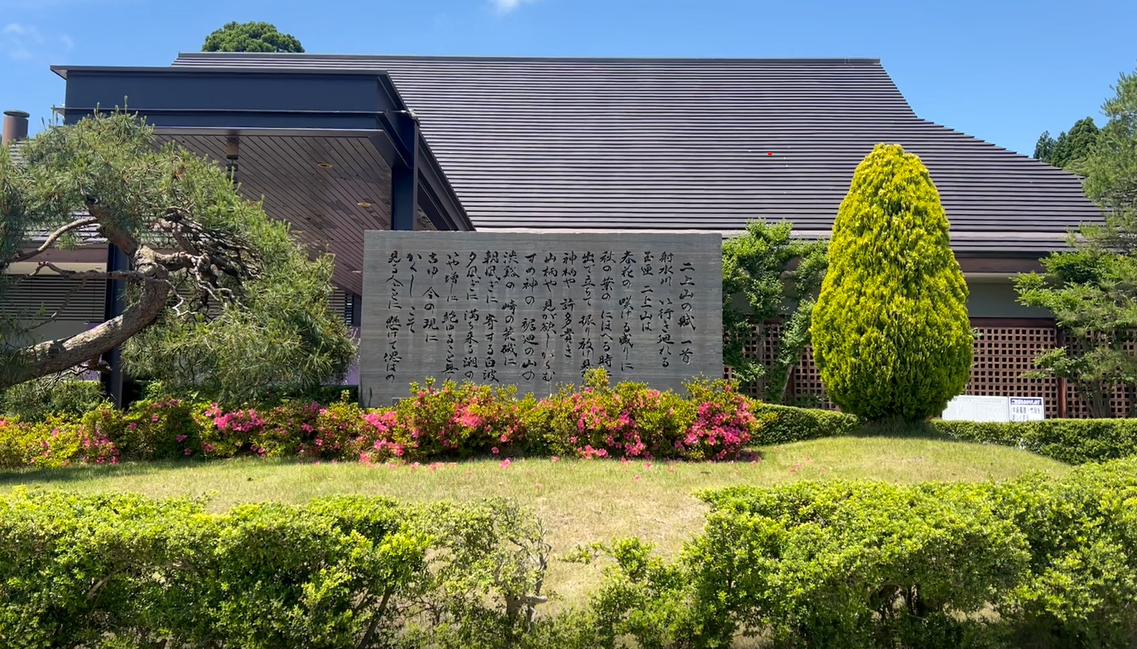


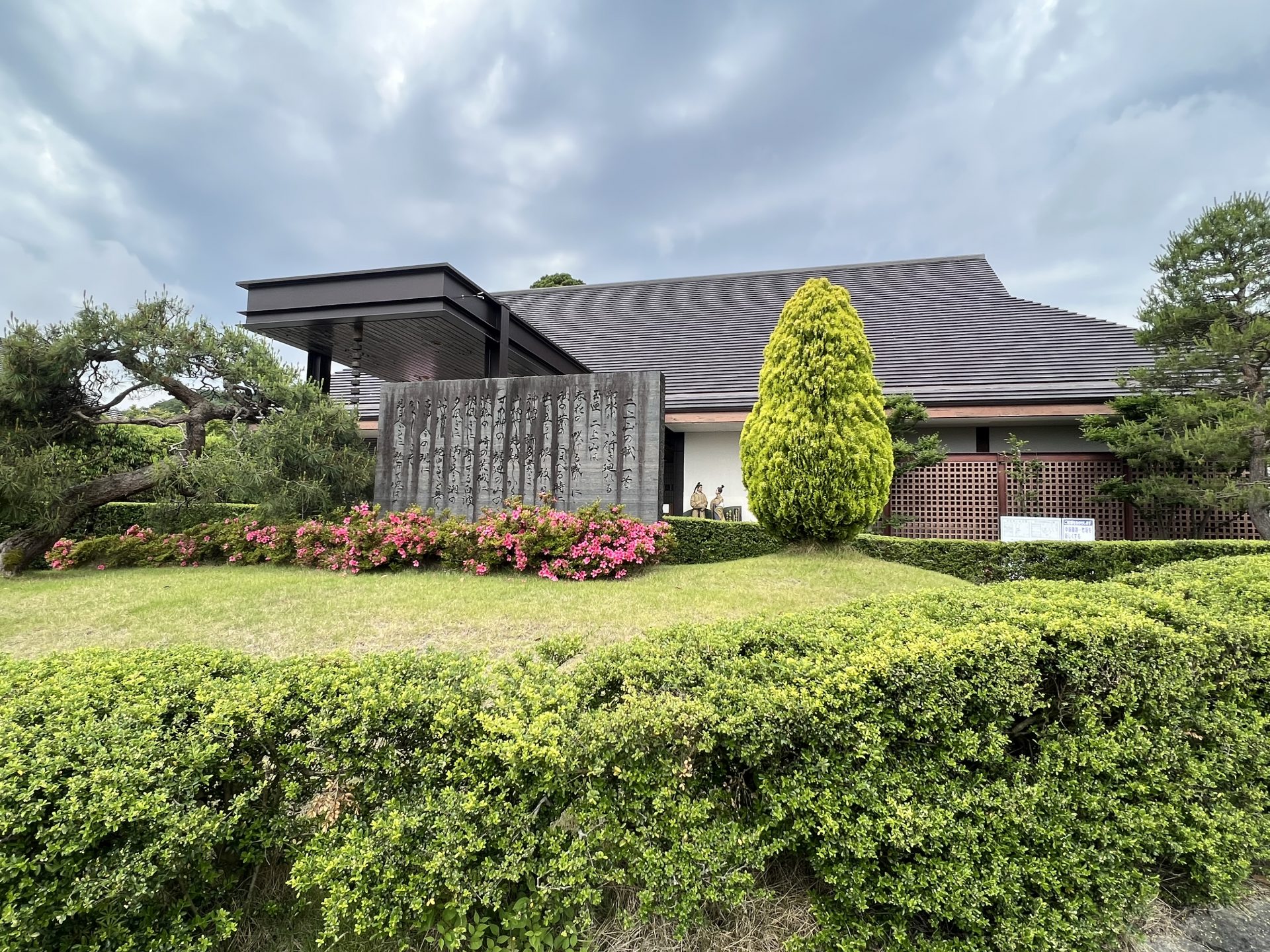
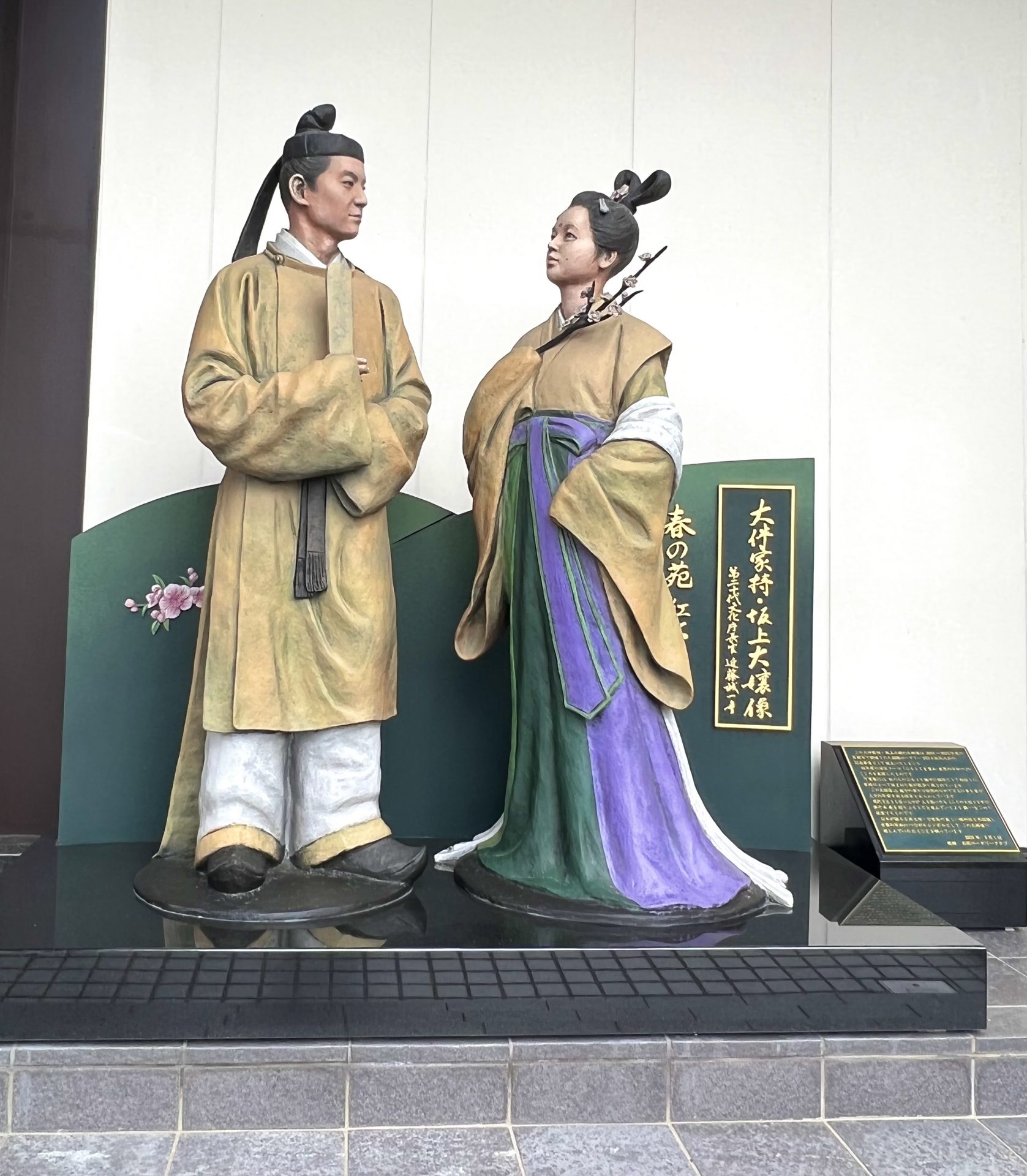
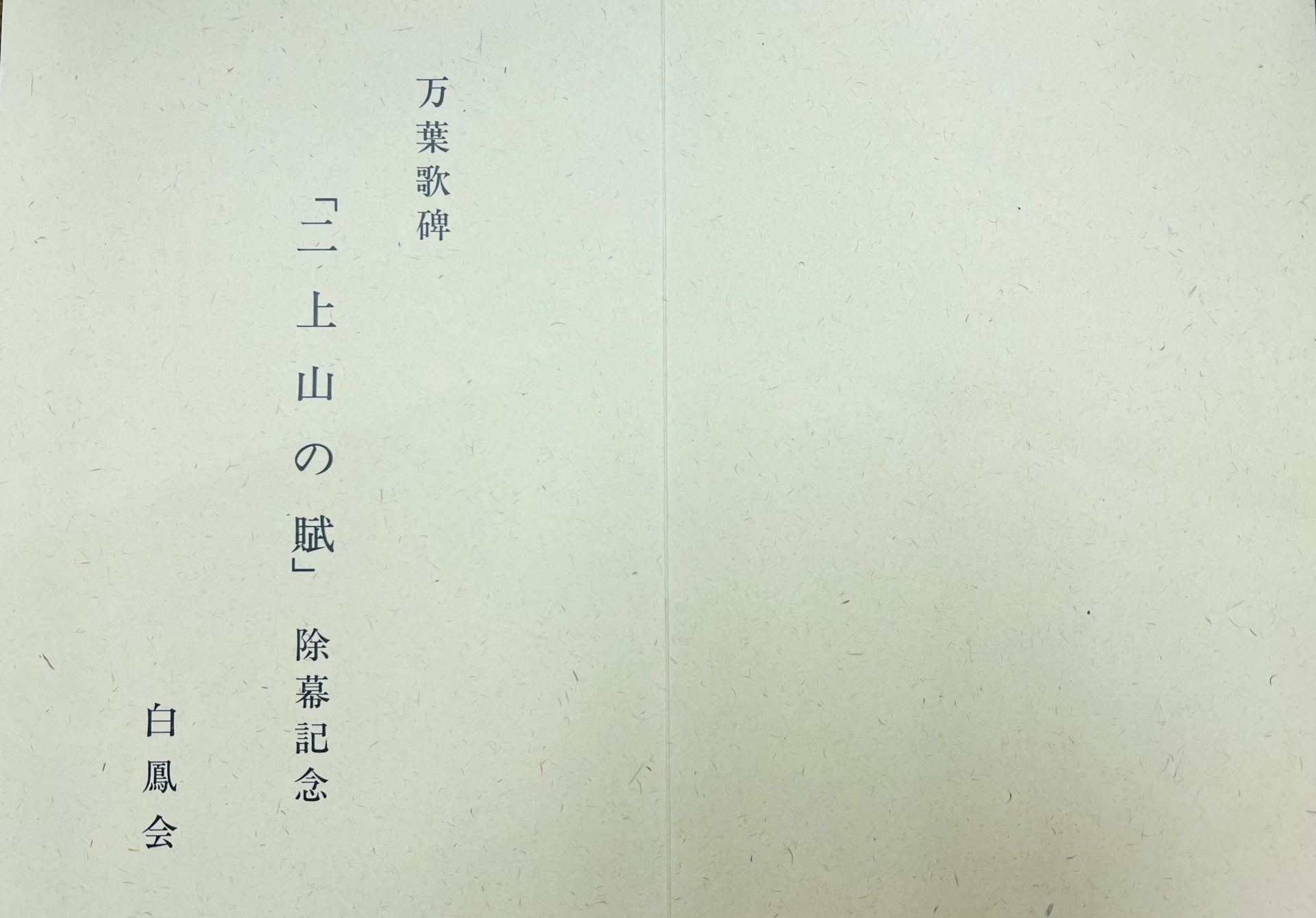
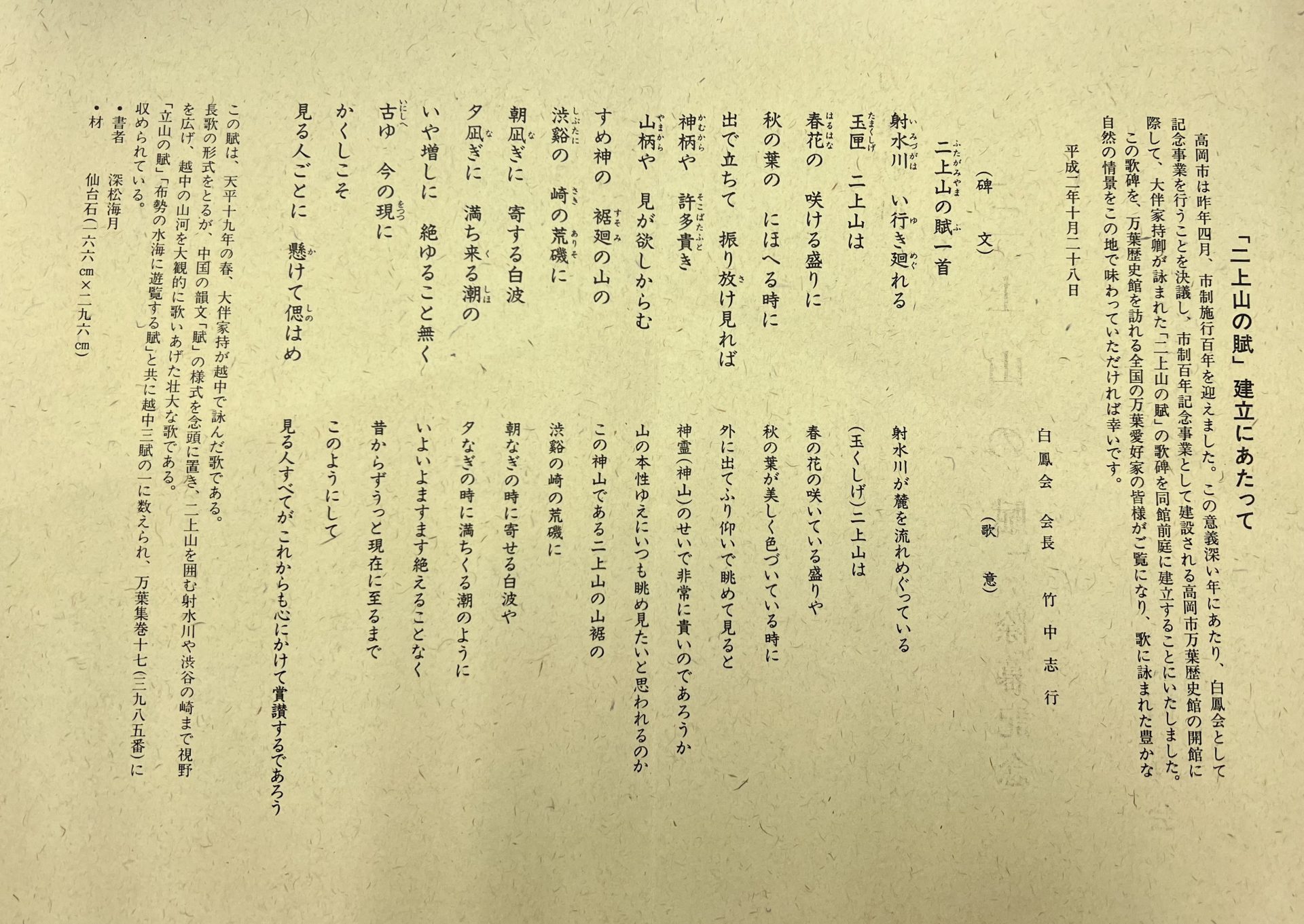
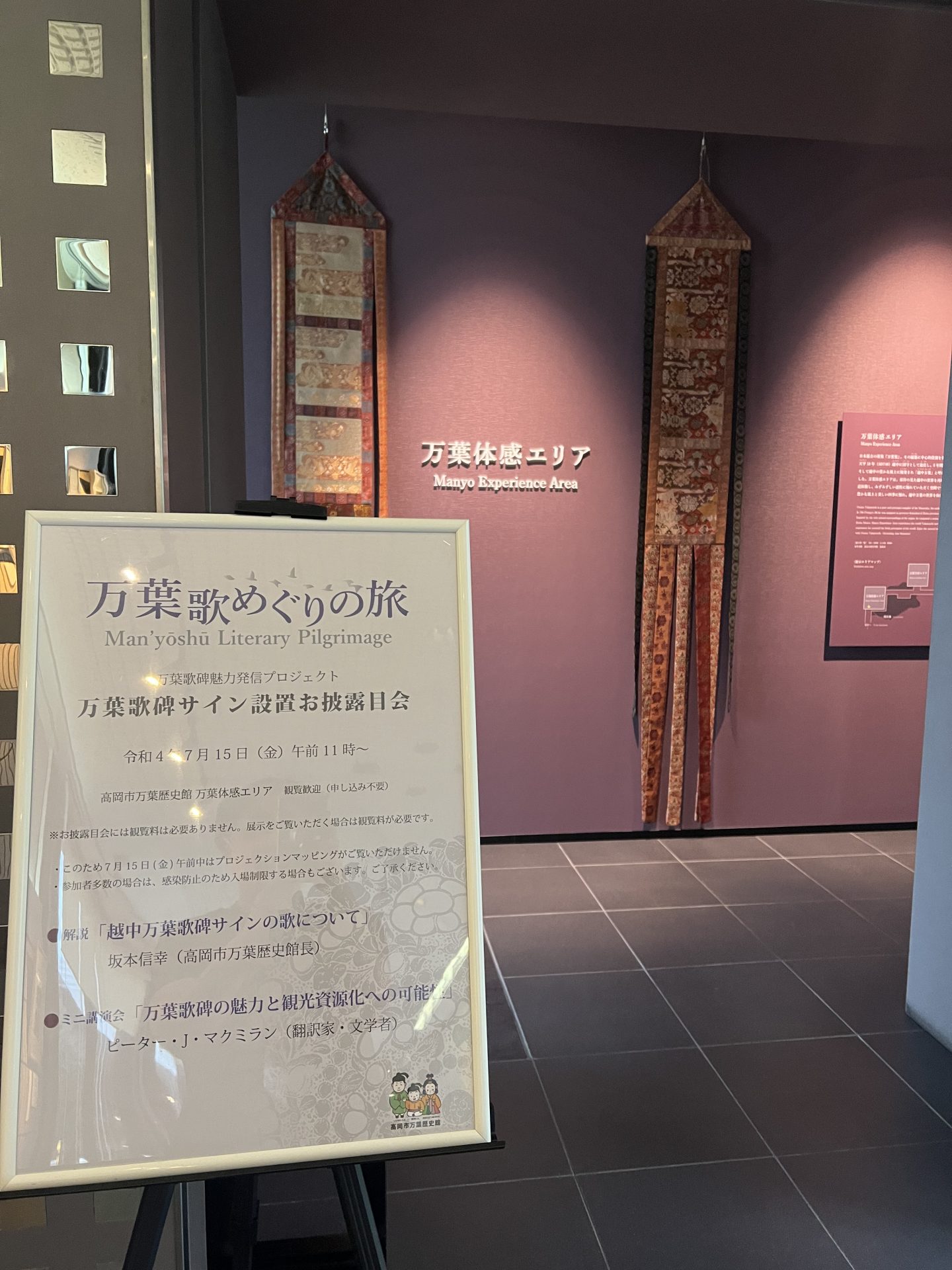
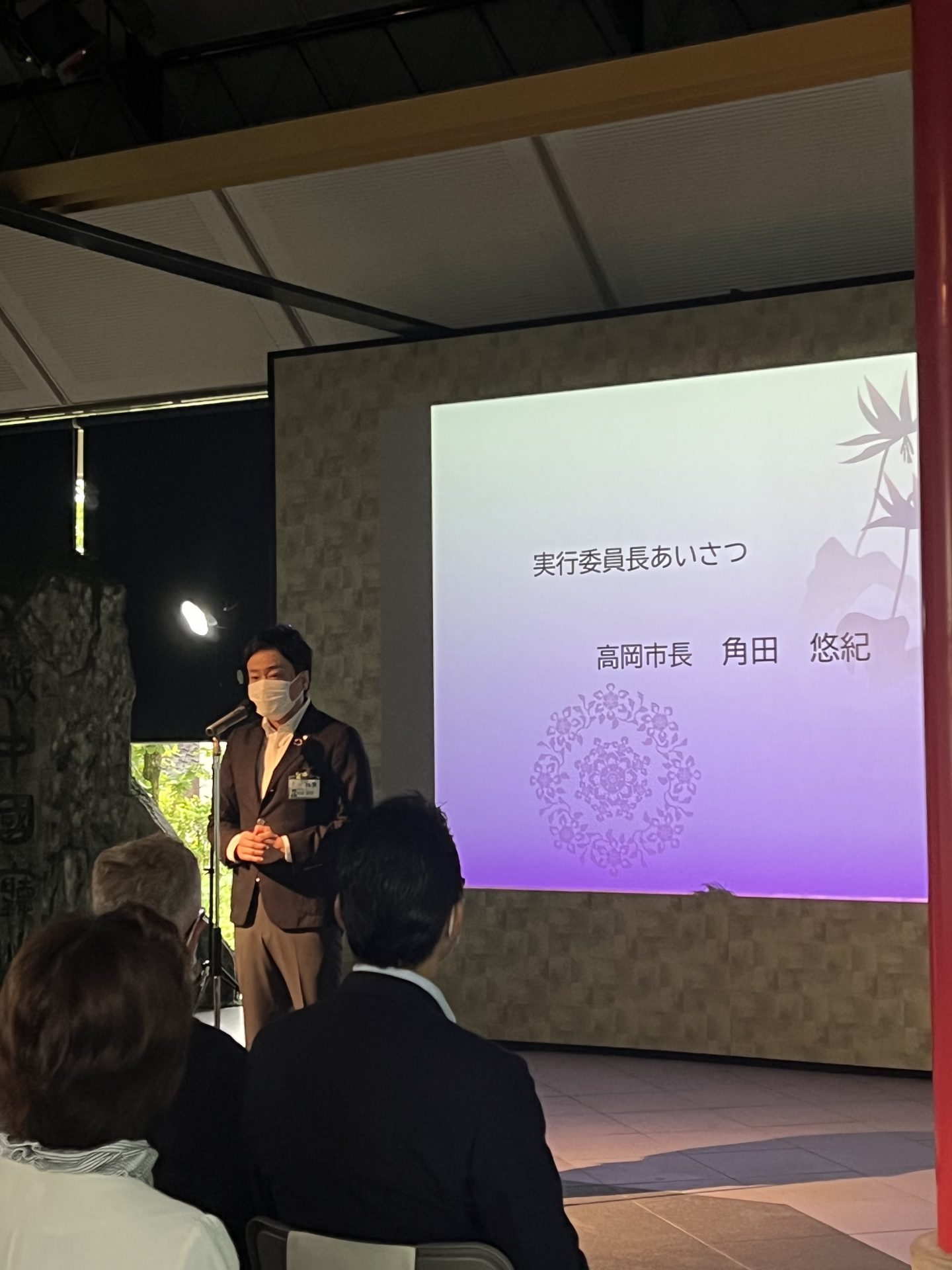
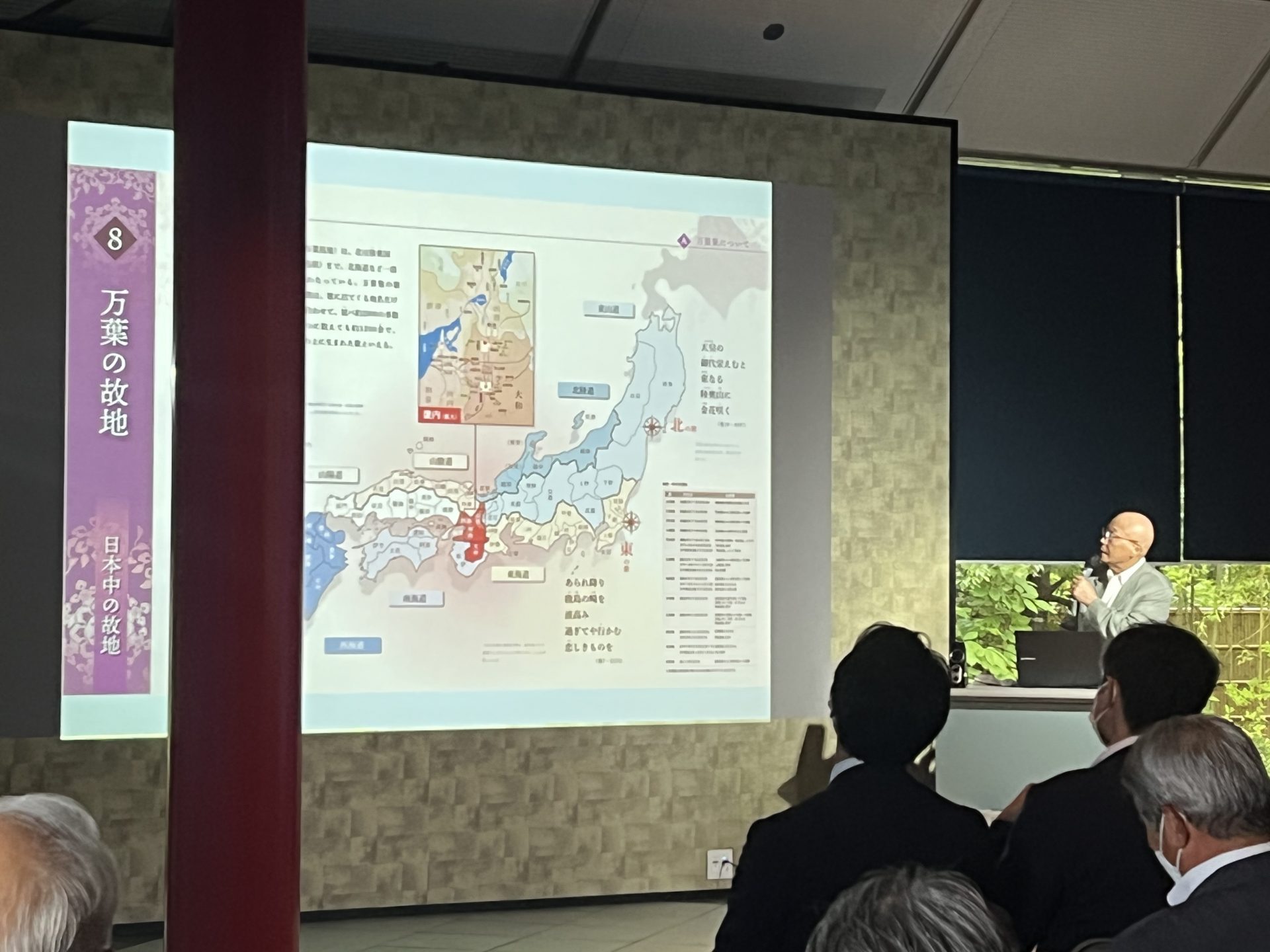
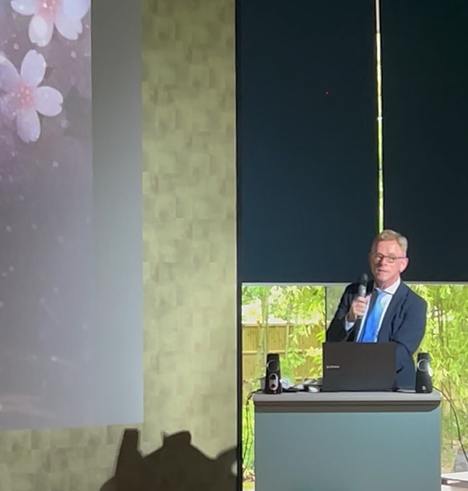
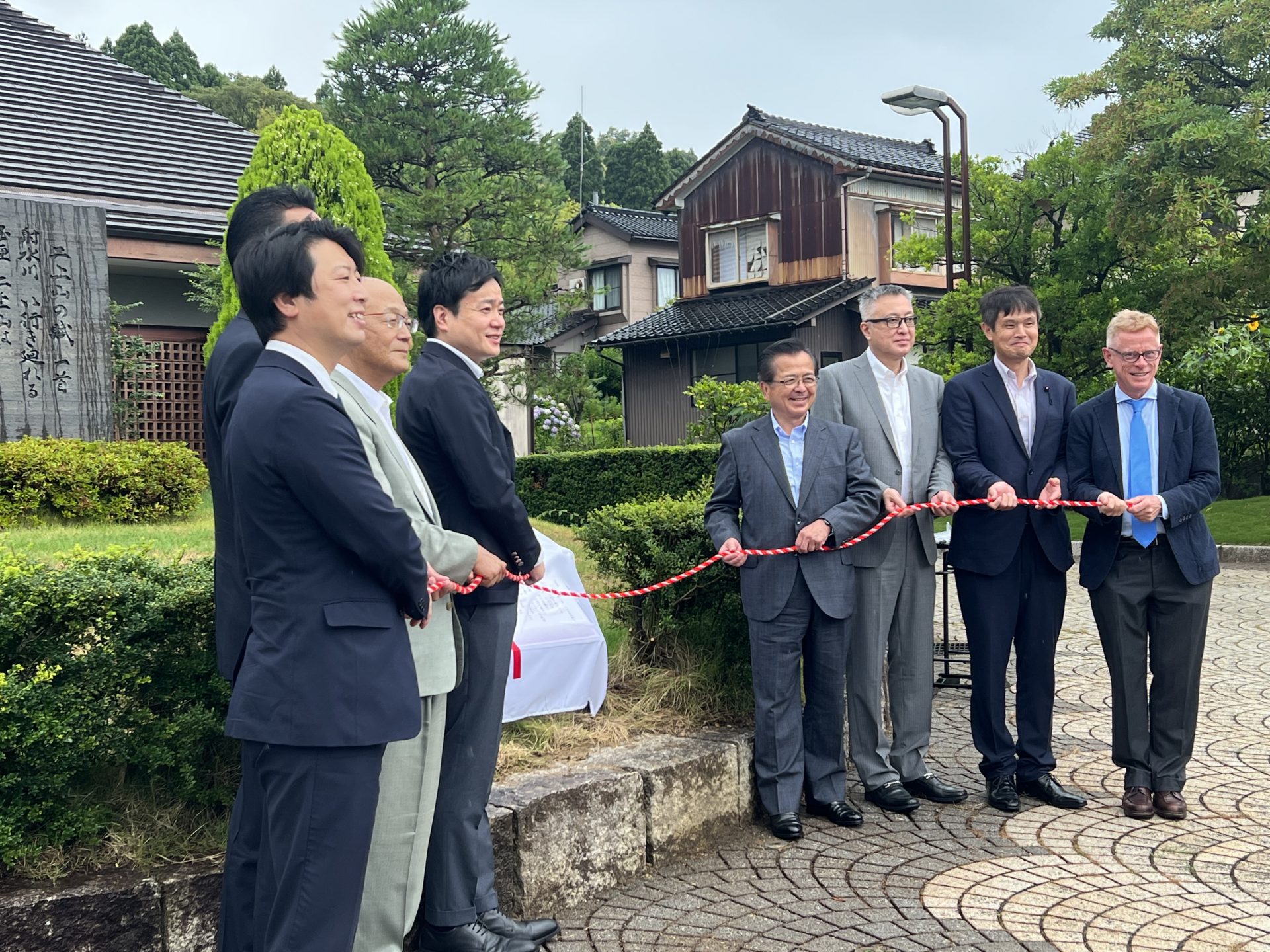





解説
Commentary
二上山の賦
A Poem on Mount Futagami
『万葉集』の3985番の歌。『万葉集』は、7世紀前半から8世紀後半にかけての約130年間の歌を収めた現存日本最古の歌集で、4500首余りの歌が収められている。この歌の作者は大伴家持(718?~785)、『万葉集』でも最も多くの歌を残す歌人である。
長歌一首、反歌二首で構成される「二上山の賦」の長歌。「賦」は本来、中国詩文における韻文体の一つであるものの、ここでは長歌を指す語として用いられている。題の通り、この歌では二上山を讃美している。二上山は、高岡市の北側にある山。伏木の越中国庁からは西に4kmほどの距離で、越中に赴任してからの家持は日々その双峰を眺めていたことだろう。
左注には「三月三十日に興に依りて作る」とある。この「三月三十日」は現在の暦では五月中ごろにあたるものの、長歌はそうした現在の季節に限定して詠んでいるわけではない。
「二上山」を讃美する歌であるものの、詠い出しは「射水川」から始まる。山と川とを併せて讃美するという手法は漢詩に見られるだけでなく、日本でも柿本人麻呂の「吉野讃歌」(巻1・36~39)を始め、例は多い。長歌全体は、内容から前後二段に分けることができる。その中に春と秋、神と山、朝と夕といった対句表現を交え、整然とした構成になっている。
この歌の対句表現は英訳にも反映してある。こうした対句表現によって、歌の構造が作り上げられているだけでなく、二上山を讃美する歌という側面が強調されてもいる。
また、原文では二上山を神と見なして呼びかけるような表現もあるため、その雰囲気を出すために英訳でも擬人的な表現を用いた。
この歌は、当時、山が神聖視され、その美しさが賞賛されるだけでなく、崇拝の対象にもなっていたことをよく表している。
(解説 ピーター・J・マクミラン)
This is poem number 3985 of the Man’yōshū. The Man’yōshū is the oldest existing collection of poetry in Japan. The Man’yōshū consists of over 4,500 poems and was compiled over a period of around 130 years, from the first part of the 7th Century to the latter part of the 8th century . The author of this poem is Ōtomo no Yakamochi.
This is a three-part poem called “A Poem on Mount Futagami,” consisting of one long poem (chōka) to which are appended two short tanka poems (hanka). The word “fu” was originally a rhymed prose style used in Chinese poetry, but here it refers to a long poem. As the title indicates, the poem praises Mount Futagami, a mountain located on the north side of Takaoka City, 4 km west of the provincial capital of Etchū Province in Fushiki. Ōtomo no Yakamochi must have looked at the twin peaks of this mountain every day during his assignment as provincial governor of Etchū (Toyama Prefecture).
The note to the poem states, “Composed upon my interest being aroused on the 30th day of the third month.” The date corresponds to mid-May in our modern calendar. The poem praises Mount Futagami, but it begins with Imizugawa (Imizu River). Praising a mountain and a river together is a technique drawn from Chinese poetry that was adopted in many Japanese poems.
The poem can be divided into sets of pairings, such as “spring” and “autumn,” “god” and “mountain,” and “morning” and “evening,” that give a clear order to its structure. These pairings also serve to reinforce the panegyrical aspect of the poem. The translation here makes use of personification to reflect those parts in the original in which the mountain is addressed directly. The poem expresses well the belief at the time in the sacredness of mountains, which were not only admired for their beauty but were also objects of worship as gods.
This waka poem stone monument stands in the front garden of Takaoka Manyo Historical Museum.
(English Translation and Commentary by Peter Macmillan)